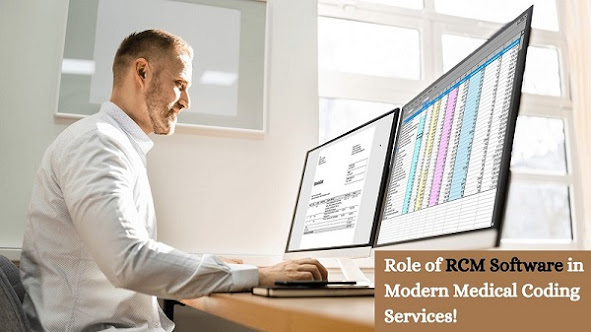How to Plan Your EMR Implementation Process
Even
though established vendors provide consultation services to plan your EMR software
implementation, like performing research before making an investment, it is
always better to do your research and make a formal implementation plan
yourself before you ask the vendors to do it for you.
Common sense dictates that no one knows your practice more than you do, and no one can map out the future of where your practice is going to be at better than you and your fellow physicians (if any). However, this does not meant that you negate every service offered by your vendor because there will be a time when you will actually need services such as training, system implementation and financial budgeting.
Training
the medical staff can be instrumental in determining the effectiveness of the
implementation process since an EMR significantly changes the practice
workflow, staff responsibilities and work ethics.
A simple method to
make the implementation process less cumbersome is to appoint a change agent;
usually office/practice managers taken on such responsibilities. Spearheading
the process and taking the implementation as a project, this change agent or
project manager, proactively promotes the need for change and passes its
benefits to the staff along with managing staff concerns about the software or
update in technology.
The main ingredient
of having a successful implementation is the proper education of practice staff
including physicians, managers, medical assistants and administrative
assistants. Essentially, education serves two purposes; not only does it help
in preparing and motivating staff, it allows them to actively participate and adapt
to the change.
An
essential component of transferring to new Electronic Health Record (EHR)
software is data migration, which pertains to transferring practice data and
patient health information on to the main system.
Reducing
post implementation workload, most EHR vendors provide services for integrating
data from legacy systems, making it possible for data migration to be a seamless
process.
- Assessing the readiness of your practice
- Planning your approach
- Selecting new or upgrading to a Certified EHR system
- Training and Implementation of the system
- Achieving measures for Meaningful Use
- Continuation of Quality Improvement




Comments